‘One of the most effective pieces of propaganda ever made’: the Bayeux Tapestry heads to Britain for the first time in almost a millennium
A historic agreement between this country and France sees the 225ft-long tableau — which may have been made in Britain but has been in France since 1077 — arrive at the British Museum in Autumn 2026.
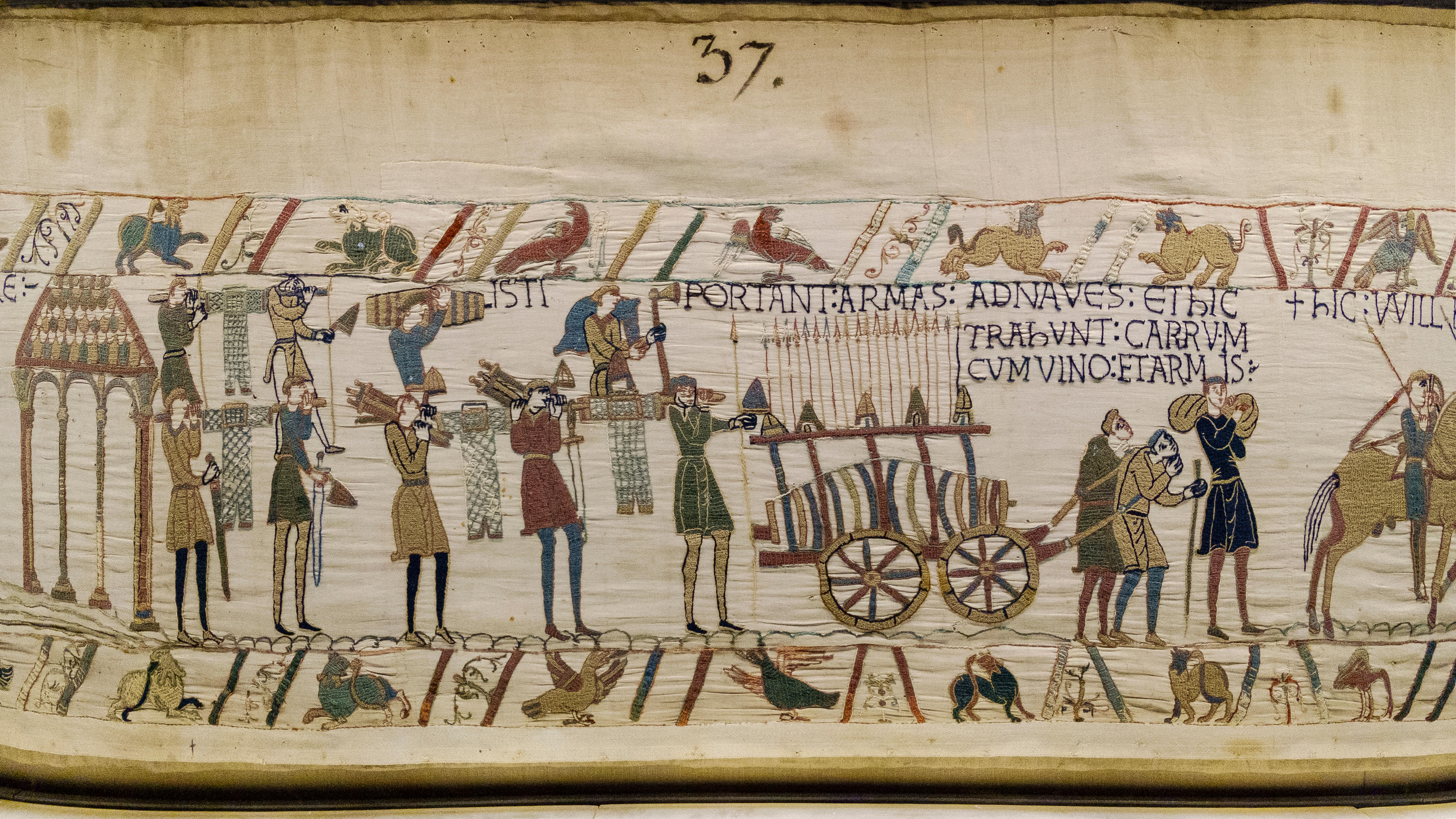

The Bayeux Tapestry is coming to Britain for the very first time since 1077. In what is perhaps one of the most significant exchanges in recent art history, the tableau will be on loan to the British Museum from Autumn 2026, with France receiving in return the Lewis chess pieces and the treasures of the Sutton Hoo ship burial, among others.
Announcing the exchange at a speech to the Houses of Parliament on July 8, French President Emmanuel Macron joked: ‘I have to say it took probably more years to deliver this project than all the Brexit texts, because we launched it together with Prime Minister Theresa May at that time during a summit a few years ago,’ before adding: ‘I think the mutual loans of these extraordinary national treasures will involve fascinating human exchanges, which will certainly be positive for our future in terms of culture.’
Speaking at the British Museum the following day and referring specifically to the Sutton Hoo treasures and the Bayeux Tapestry, the Prime Minister, Sir Keir Starmer, added: ‘Both these treasures contain stories of war and of peace, of power and of politics, alliances and enemies that we still know all too well in our modern world. They show us how connected our countries have always been, they deepen our appreciation of our shared history and enrich the relationship between our two nations today’.
Chronicling the Norman conquest and the Battle of Hastings across a 225ft-long sequence of 58 scenes, 626 characters and 202 horses, the Bayeux ‘Tapestry’ is anything but, as it was not woven on a loom. It is, in fact, intricate embroidery work, most likely commissioned by Odo, maternal half brother to William the Conqueror, who is duly shown in a panel blessing the victuals for the Norman army. He may have intended the piece as a present for the newly crowned English king, although this didn’t prevent a dispute between the two in later years, when Odo considered gallivanting to Italy, possibly in a bid to make himself Pope. In 1076, William accused him of defrauding the crown, locked him up and only agreed on his deathbed to release his half-brother from prison.
‘We tend to think of the Tapestry as an extraordinary work of art, which it is, but it’s also one of the most effective pieces of propaganda ever made,’ art historian Bendor Grosvenor, author of The Invention of British Art, tells Country Life. From the moment the ageing Edward the Confessor names William his heir, to the arrow that pierces Harold’s eye and seals the Anglo-Saxons’ fate, the tableau establishes in great detail the (actually rather flimsy) Norman claim over England. ‘The Tapestry was designed to make the Norman conquest of England seem legitimate and destined, and for almost a thousand years has succeeded in making the English think it was.’
It is surprising, then, to discover that it was probably stitched on these shores, in Canterbury, perhaps by local nuns. It may have initially been meant for Dover Castle — Odo was also Earl of Kent for a time — but by 1077 it had later headed for Normandy and the cathedral of Bayeux (after his trial, the Norman lord was deprived of his English role, but retained his bishopric). The Tapestry remained in France ever since and may even have had a narrow escape during the French Revolution when, as Grosvenor reveals in his book, ‘it was almost turned into a wagon cover’.
The Bayeux Museum, where the Tapestry has been residing since 1983, will shut for renovation from September 2025, with the tableau arriving at the British Museum the following autumn. ‘The Bayeux Tapestry is one of the most important and unique cultural artefacts in the world, which illustrates the deep ties between Britain and France and has fascinated people across geographies and generations,’ director Nicholas Cullinan said in a statement. ‘It is hard to overstate the significance of this extraordinary opportunity of displaying it at the British Museum and we are profoundly grateful to everyone involved.’
Exquisite houses, the beauty of Nature, and how to get the most from your life, straight to your inbox.
The tableau will become the centre of a flagship exhibition on the Norman period, ahead of returning to Bayeux when the local museum reopens in 2027.
Carla must be the only Italian that finds the English weather more congenial than her native country’s sunshine. An antique herself, she became Country Life’s Arts & Antiques editor in 2023 having previously covered, as a freelance journalist, heritage, conservation, history and property stories, for which she won a couple of awards. Her musical taste has never evolved past Puccini and she spends most of her time immersed in any century before the 20th.
-
 A country home that comes with a perfect lifestyle business: one of Britain's oldest vineyards
A country home that comes with a perfect lifestyle business: one of Britain's oldest vineyardsAstley Vineyard in Worcestershire, and the lovely house that it comes with, are looking for a new owner.
-
 Making space in a Georgian terraced Chelsea cottage
Making space in a Georgian terraced Chelsea cottageGuy Goodfellow removed an internal wall to transform the sitting room of this Georgian terrace
-
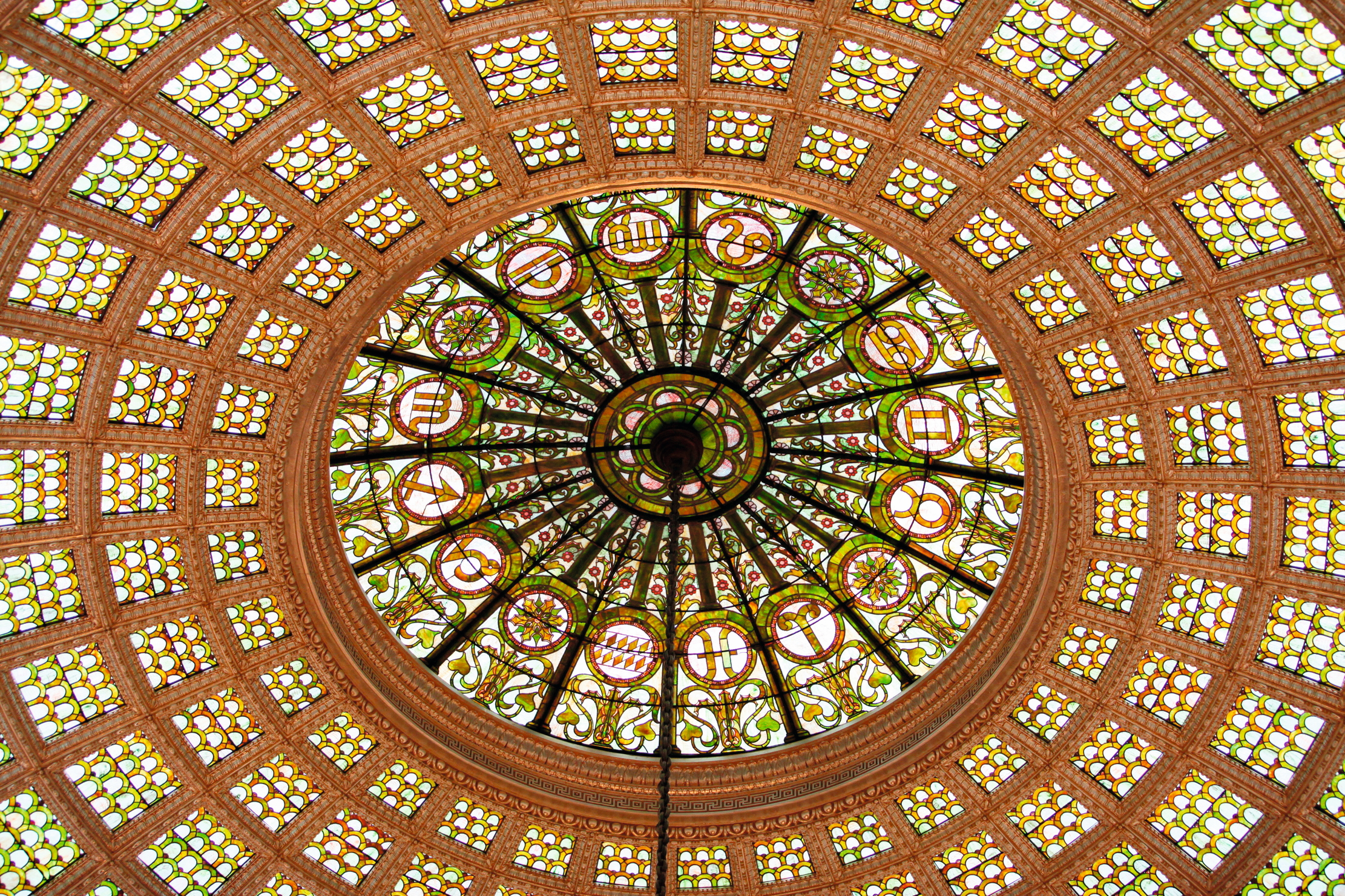 'Gems of enflamed transparencies, of bottomless blues, of congealed opals': Why glass was perfect for the elemental experimentalism of Art Nouveau
'Gems of enflamed transparencies, of bottomless blues, of congealed opals': Why glass was perfect for the elemental experimentalism of Art NouveauArt Nouveau masters such as Louis Comfort Tiffany and Émile Gallé turned the most fragile of materials into iridescent masterpieces that shimmered like seashells or glittered like Byzantine mosaics.
-
 Why you absolutely need an electric Bentley Blower furnished with Russian reindeer leather
Why you absolutely need an electric Bentley Blower furnished with Russian reindeer leatherA collaboration between Hedley Studios and The King's shoemaker George Cleverley has produced something rather remarkable. Jeremy Taylor goes for a drive.
-
 Kilt status: A history of the iconic Scottish skirt, from wartime wrap to punk protest
Kilt status: A history of the iconic Scottish skirt, from wartime wrap to punk protestEverything you need to know about the kilt — apart from what to wear underneath one.
-
 The Glovebox: Return of the Bentley Supersports, the ultimate rural Range Rover and the car collection fit for The King
The Glovebox: Return of the Bentley Supersports, the ultimate rural Range Rover and the car collection fit for The KingA century after it was the first Bentley to top 100mph, the Supersports is back and looking better than ever.
-
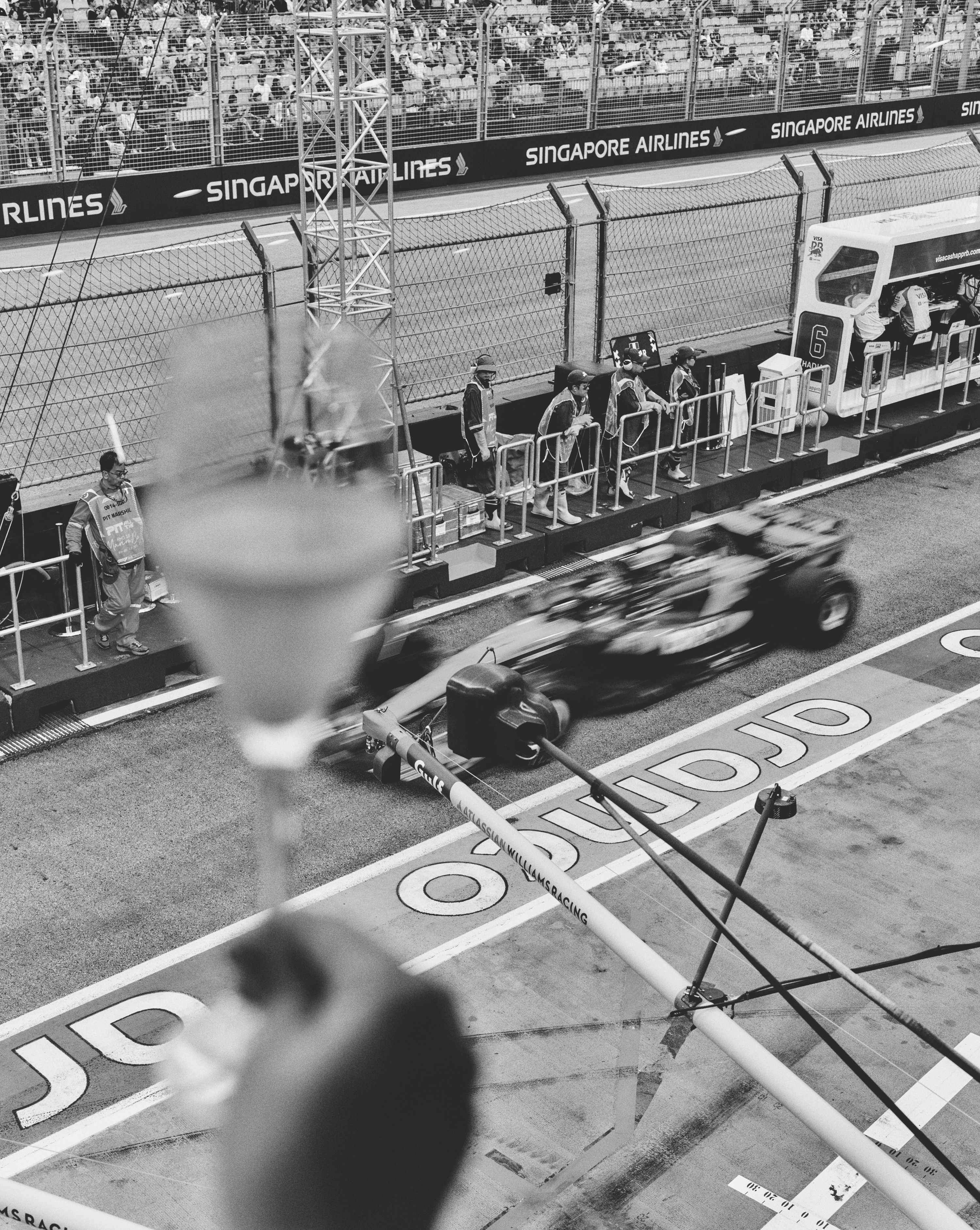 'The night smells like engine oil… and money': Singapore’s glittering night race paved the way for a new era of city-centre Grands Prix
'The night smells like engine oil… and money': Singapore’s glittering night race paved the way for a new era of city-centre Grands PrixIt's the Las Vegas Grand Prix this weekend, but it and other city-centre Grand Prix would be nothing without trailblazing Singapore. Natasha Bird explains how the city state got it so right.
-
 McLaren's three Ellas and the future of motorsport
McLaren's three Ellas and the future of motorsportMcLaren is rewiring the pipeline for women, on track and across the motorsport landscape
-
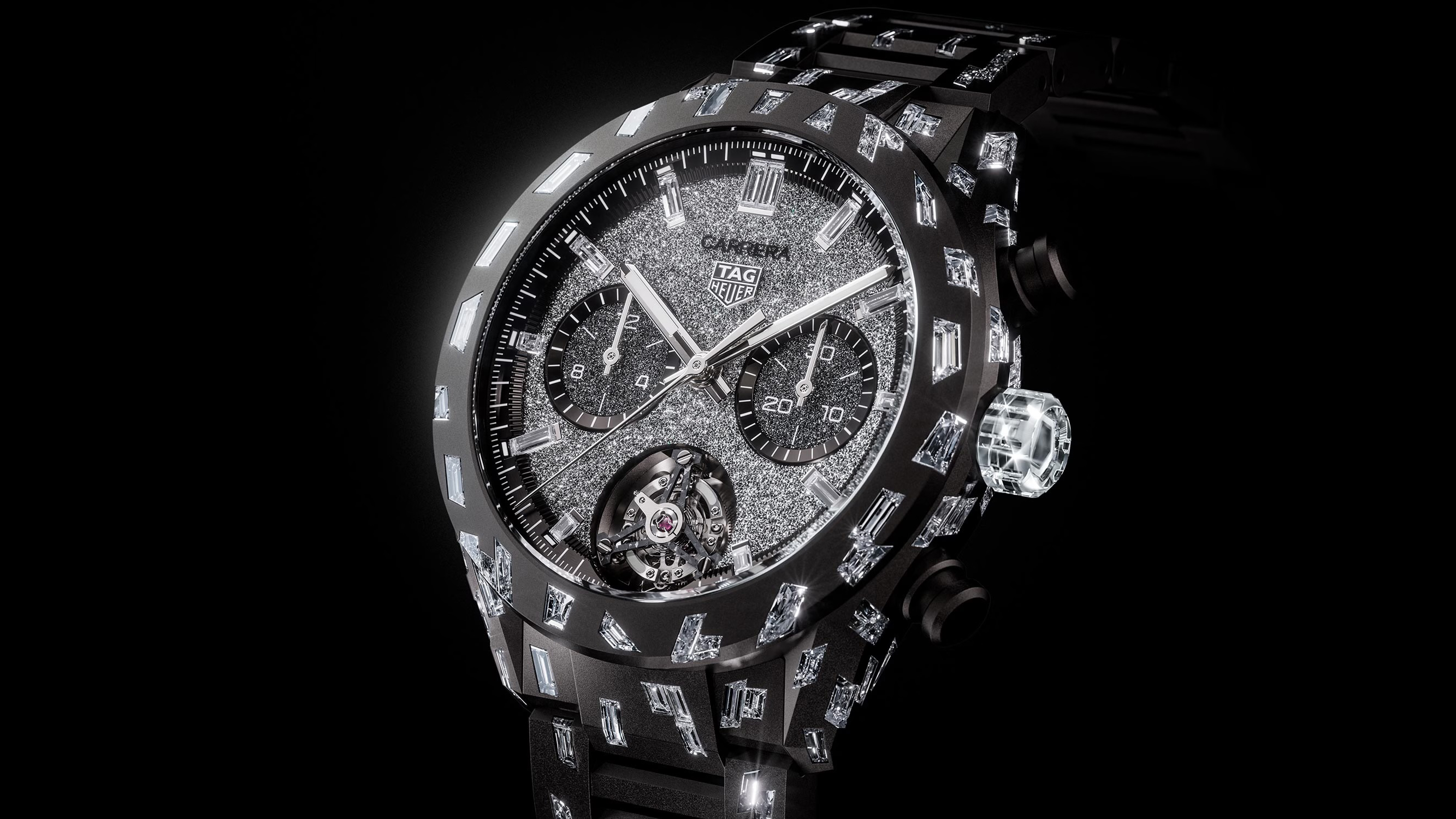 The real deal: Can you tell the difference between mined and synthetic diamonds?
The real deal: Can you tell the difference between mined and synthetic diamonds?And would you buy a watch studded with laboratory-made ones?
-
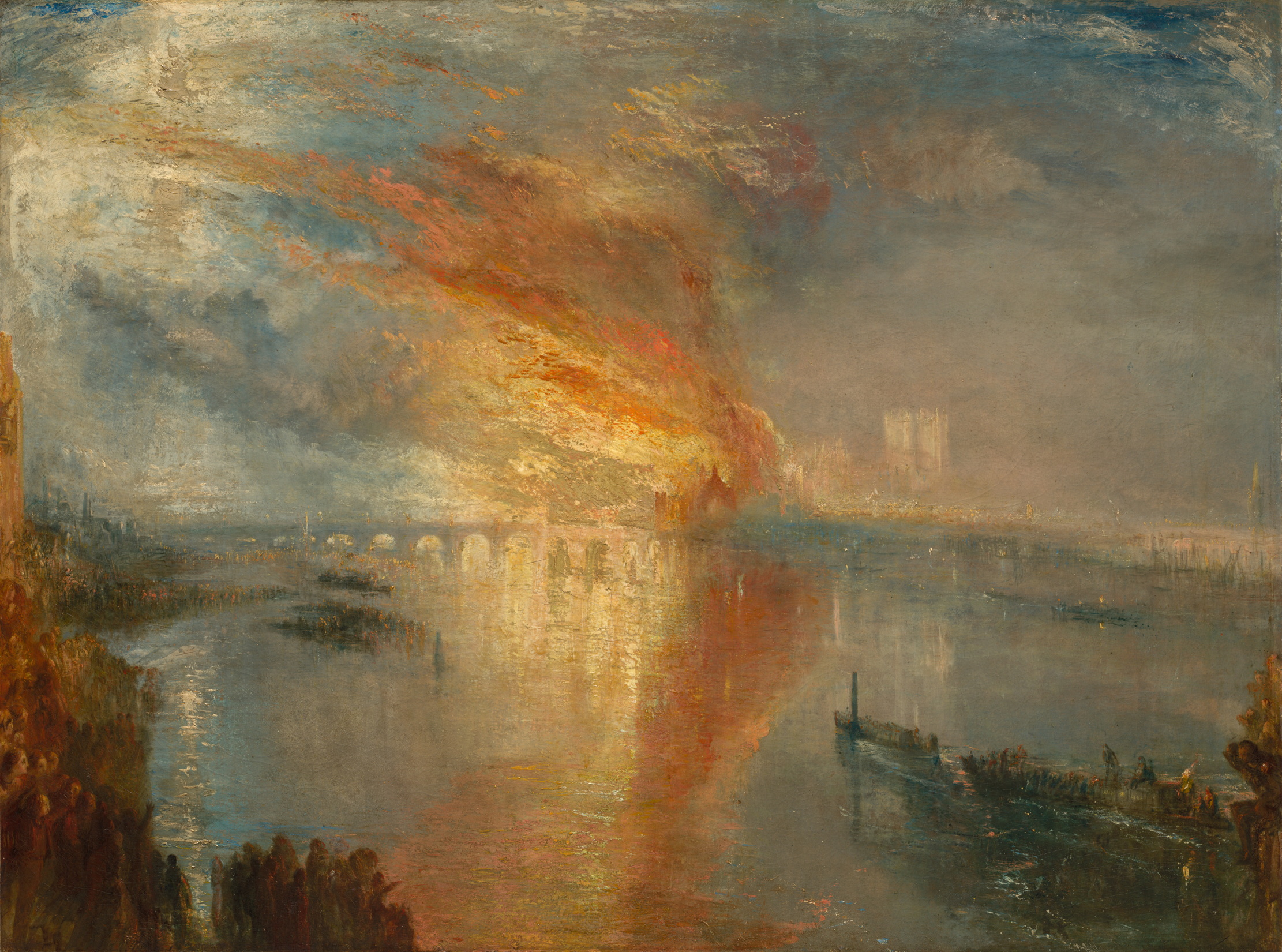 Who won the rivalry between Turner and Constable? It was us, the public
Who won the rivalry between Turner and Constable? It was us, the publicA forthcoming exhibition at Tate Britain that revives the rivalry between these two 19th century painters sheds new light on their relationship.
